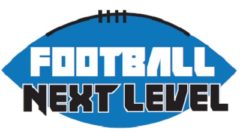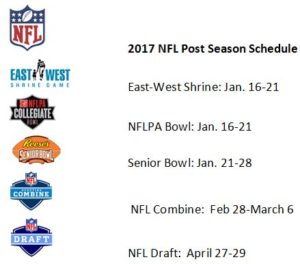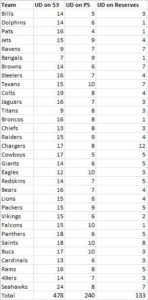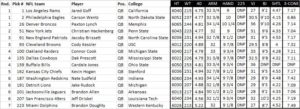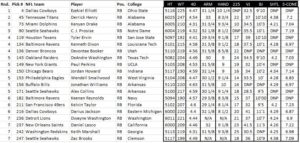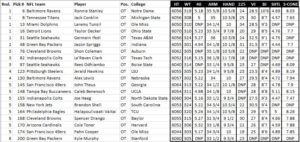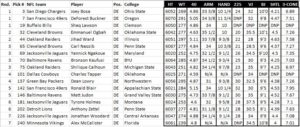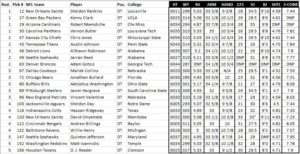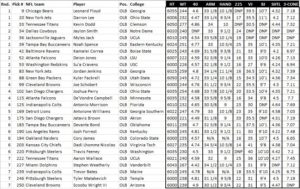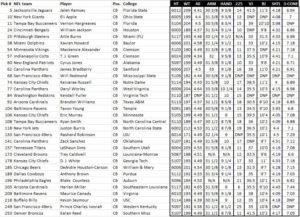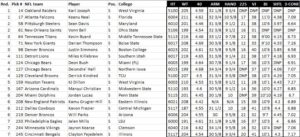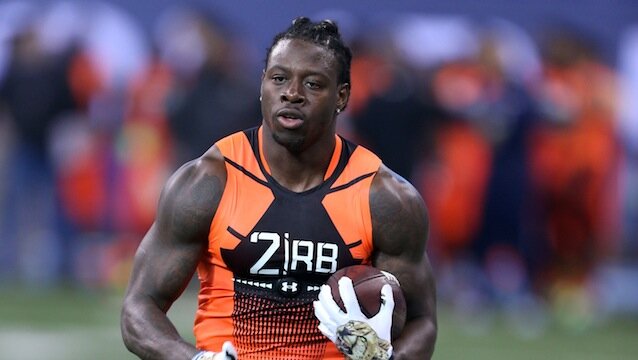
By Justin VanFulpen
Player’s NFL Draft grade is much more then what a player does on the field or how fast he runs at the NFL Combine. Two of things most over looked when fans are watching the NFL draft and wondering why a certain player hasn’t been picked is medical and character. We saw this play out in the 2015 NFL Draft.
RB Jay Ajayi of Boise State had a 2nd round grade on him by most people as a football player but had to wait to be drafted until the 5th round by the Miami Dolphins because of a concern about his knee which he tore his ACL back in 2011 but hadn’t missed a game since coming back from the injury. There were reports that he flunked some physicals and that there is bone-on-bone according to some of the doctors, and people question how long he will last in the NFL. GM’s and personal people with the NFL club look to their team doctors to make final say on if a prospect can be keep on the draft board or taken off based on the medical information. We have seen what he has done this season that he has been one of the more productive running backs in the NFL.
On the flip side there were some character concerns involving drugs that cost a few NFL prospects including Randy Gregory, Nebraska who most thought was a top 10 NFL Draft prospect who had a failed drug test at the NFL combine and also reports that teams were concerned that he wasn’t as mature as they would like. Gregory was drafted in the 2nd round 60th overall by the Dallas Cowboys. Some NFL clubs will take a player off their team draft board completely because of character concerns. Gregory was suspended for the first four games of the 2016 season due to violating the league’s drug policy. A few months later, Gregory failed a second drug test, and received an additional 10-game suspension.
With medical issues there is not much a player can do to alleviate the concerns of a NFL team. But the character grade the NFL teams give a NFL prospect that is something that a prospect can have an influence on, true everyone makes mistakes but some mistakes cost players more than others.
What goes into a prospects NFL grade? Well here is a quick list of what makes up a NFL grade on a prospect.
1. Film – Mostly from prospect final year in college
2. Athleticism – Each team has certain things they are looking at from the testing numbers (Height, Weight, 40, Vertical, etc.)
3. Medical
4. Character
5. Football IQ – This would include personality testing as well as ability to process information (Wonderlic)
6. Scheme Fit – Each team is looking at a prospect based on how they fit what their offense or defense likes to do. (Example 3-4 vs. 4-3 defense, how does the Defensive linemen fit their scheme)
